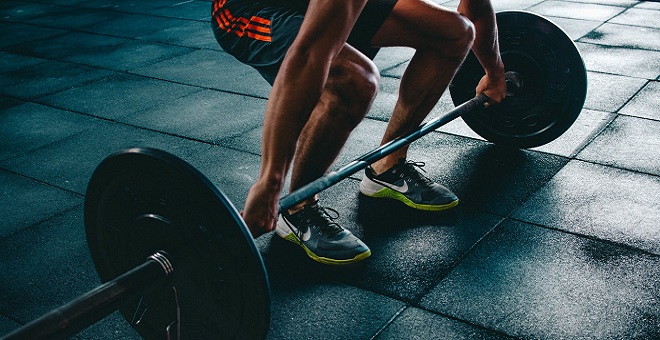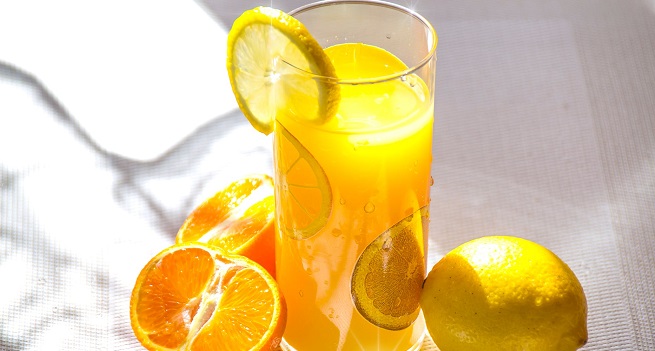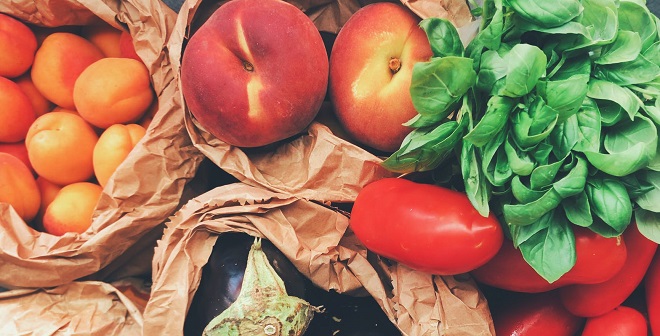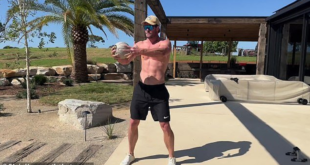Are you unable to work out because of a recent surgery or stress fractures?
If you are an athlete, bodybuilder or a sportsperson, injuries may happen at some point in time. The catch however, is how to heal faster and get back to the groove of competition.
There have been numerous instances of athletes, bodybuilders and sports persons whose promising career ended prematurely due to persistent injuries. They simply could not recover enough and on time.
Fortunately, for Ronnie Coleman, one of the greatest bodybuilders of all time, it was possible to win the coveted IFBB title eight times despite a string of injuries. Ronnie’s first serious injury happened in 1996 due to herniated disc while doing barbell squatting. In the subsequent years, he already underwent four spinal surgeries and a double hip replacement.
Later on Ronnie realized that the injuries happened due to inappropriate workouts, especially for positioning of exercise equipment like barbell. In his case, when injury took place, two major issues came into the light:
- The placing of barbell was not in a position for maximum leverage and effort from the muscles.
- The placement across the collar and scapula bones (or shoulder girdle) led to structural injury.
What Happens to the Body During Injuries?
Injuries may happen any time, even when doing the daily workout routine. An apparently small injury often culminates into a serious one. Professional bodybuilders often say injuries sometimes happen after participating in a big competition, as they tend get a bit relaxed and less focused. Though, that may not be the case for everyone.
Some of the common injuries are:
- Strains: When injury happens to muscle or tendon tissue
- Sprains: When the ligament tissue gets damaged
- Fractures: When injury happens to bone tissue
If you are suffering from any of these injuries, the best process to follow is:
- Proper rest
- Applying ice on the injured place
- Consult a physician for therapeutic exercise and painkillers.
Such injuries happen when you twist your ankle, tweak your knee, or something more serious. Chronic injuries are easier to recognize as pain is followed by swelling, and these may take weeks or months to heal.
In fact swelling is the body’s reaction to injury because of the abnormal enlargement of a body part. It mainly happens when fluid is accumulated in the tissue outside of the body’s joint capsule, for example, swelling in the thigh or calf. In the case of Hemarthrosis, there is bleeding within the body’s joint spaces and indicates a ligamentous laxity, or a fracture.
In the acute cases, swelling usually occurs within 24 hours of any injury. If the injured place swells within the first two hours of an injury, it may be a fracture, and you need to immediately consult a physician. In a chronic condition, swelling happens over a longer period, and can be difficult for a bodybuilder or athlete to detect; though the condition may culminate if ignored. Often things get a little worse, and the inflammatory response snowballs into more serious issues, and the healing process takes longer.
Key Aspects of Food Intake during Injuries
Post-injury, many athletes and bodybuilders shun food fearing that they will get fat. However, remember that even during injuries eating right is important as optimum nutrition accelerates the healing process.
Carbs
- Eating vegetables and fruits can get you the required carbohydrate. Include beans, whole grains, legumes like dals, lentils, beans, soya bean, pulses , and oats in your diet.
- Ensure consumption of carbs in the early stages of injury to have enough calories. Later cut back the carbs intake after a couple of weeks or post-injury/surgery to stay in shape.
Protein
- Consume a little more protein to offset possible muscle breakdown that often occurs post-injury. Ideal amount of protein would be between 1.5 and 2.og per kg.
- Divide the protein meals into four to six smaller meals throughout the day. An ideal diet should consist of fish, eggs, whey protein powder, and cottage cheese.
Fats
- Fats help in reducing inflammation. Particularly, Omega-3 is great for reducing inflammation, besides monounsaturated fats.
- Excellent natural sources of good fats are nuts, olive oil, avocados, pumpkin/sesame/sunflower seeds, and fatty fish.
- Avoid omega-6 fats, Trans fats, and saturated fats as they can obstruct the healing process by increasing inflammation.
Essential vitamins and supplements for speedy recovery
Vitamin A:
Benefits: Vitamin A helps in cell growth or repair, boosts immunity, and enhances bone development.
Sources: Sweet potatoes, spinach, papaya, carrots, and mango.
Vitamin C:
Benefits: Replenishes blood levels, collagen formation, enzyme activity for metabolism, and improves immune function
Sources: Broccoli, cabbage, oranges, strawberries, and grapefruit.
Zinc:
Benefits: Accelerates healing of wound and improves enzyme functions.
Sources: Seafood, almonds, and sunflower seeds.
These Indian Super Foods are Ideal for Recovery
In India, easy availability of herbs, spices and botanicals can quicken the recovery. For example, turmeric, green tea, cocoa, and most plant foods contain anti-inflammatory compounds, which have effectively been used for ages. Consuming these herbs and spices daily are likely to lead towards a fast recovery.
The following 10 Indian super foods are ideal for maximum benefits when it comes to healing from injury:
- Apples – Contains Flavonoids, effective for protecting cells from oxygen damage and preventing inflammation
- Almonds – Almonds are rich in protein, zinc, and fat
- Broccoli – Has antibacterial properties, Vitamin C, and fibre.
- Curry leaves– Curry leaves reduces inflammation, and expedites recovery.
- Dairy products – Dairy foods like yogurt and cheese are effective to reduce pain. They also come with two key nutrients – calcium and vitamin D that help in developing bones.
- Garlic – Garlic produces organosulfur compound allicin when finely crushed chopped, and it is anti-inflammatory. It also improves macrophage function.
- Leafy vegetables – Have potassium that fills micronutrient deficiency.
- Pineapple – Contains bromelain, which is an enzyme with anti-inflammation properties.
- Papaya – Papaya has vitamins A, C and papain enzyme that boosts immune function.
- Pomegranate – Anti-inflammatory and anti-irritant that hastens healing.
Closing Words
Besides treatment, healthy eating can help you get back on track by speeding up the healing process. Consulting a nutritionist and including the mentioned foods in your diet is the most important step towards the path of recovery. These quality foods will provide the required nutrients to your body to regain strength and muscle functions. Also, get your medications on time for the best results and soon you must be able to hit the gym and work towards building your desired physique.
 IBB – Indian Bodybuilding IBB – Home of Indian Bodybuilding and Fitness
IBB – Indian Bodybuilding IBB – Home of Indian Bodybuilding and Fitness









